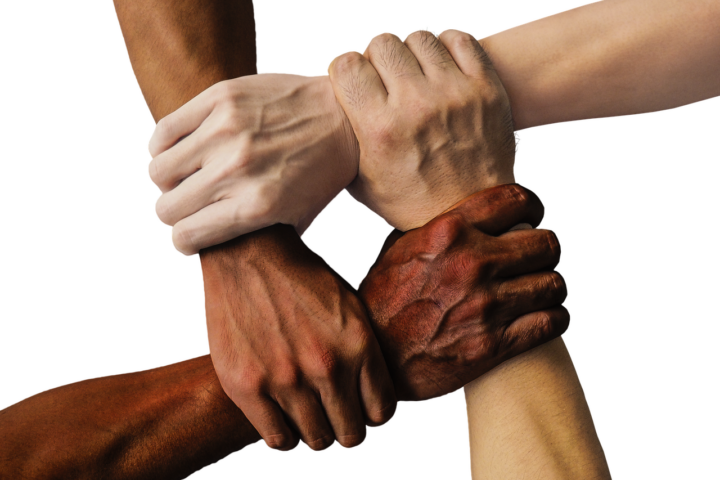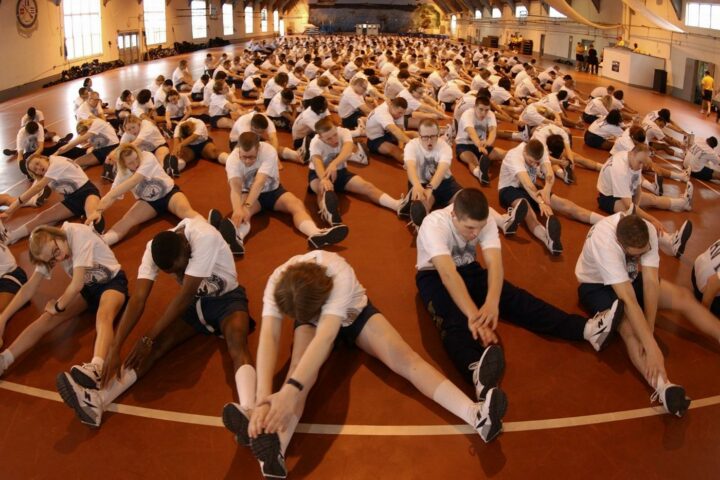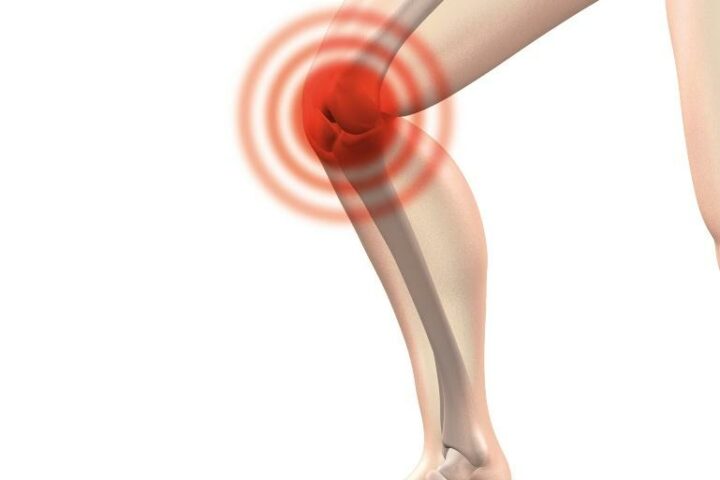“Golfers elbow” and “Tennis elbow” are nicknames for medial and lateral epicondylitis, respectively. Basically, golfers elbow is inner elbow pain, and tennis is outer elbow pain. But don’t get too caught up in the names or thinking they come only from those sports. I have never treated a golfer with golfers elbow or a tennis player with tennis elbow. Ironically I have treated a golfer with tennis elbow and a tennis player with golfers elbow. So because these two problems have many common features I decided to combine them into one blog post.
Both of these issues are forms of tendonitis. The tendon attaches a muscle to a bone. The elbow contains attachment sites for the main flexors and extensors of the wrist. Grouped together, the flexor muscles form a “common flexor group” that attaches to the medial epicondoyle of the elbow, and the extensors similarly form a “common extensor group” that attaches to the lateral epicondoyle. Tendonitis is typically an overuse injury from repetitive motions. So if you spend a lot of time working on your backswing in tennis, you will be biasing the extensor tendon, and this is how the name “tennis elbow” came about. That being said, if you spend more time working on say your serve, you will be biasing the flexors, and may be more prone to develo ping “golfers” elbow. Rock climbers are very prone to developing golfers elbow because of how much grip and flexion strength they use during their sport. My father is a saxaphone player, who developed severe tennis elbow from how he held his wrist in relative extension while playing for years on end.
ping “golfers” elbow. Rock climbers are very prone to developing golfers elbow because of how much grip and flexion strength they use during their sport. My father is a saxaphone player, who developed severe tennis elbow from how he held his wrist in relative extension while playing for years on end.
Tendonitis can be frustrating because it develops over a very long period, and thus can take a long time for symptoms to dwindle and pain to reduce. One of the first things you should always do in overuse injuries is to reduce or modify the offending activity. I say this first because if you don’t stop the aggravating activity it is like constantly picking off a scab and wondering why the cut won’t heal faster. Some people can’t stop completely, like a professional athlete or someone who developed elbow pain from typing at a computer, but modifications and braces can be used to relieve stress at the tendon-bone junction. Now as these are overuse injuries, there is almost always an imbalance in muscle tone between the flexors and extensors, based on which injury you’re suffering from. Restoring balance between the compartments of the elbow using strengthening exercises is very effective. An example of this is having rock climbers doing specific exercises to strengthen the wrist and finger extensors, because they’re always overloading the flexors. Muscle releases and eccentric exercises for the overused compartment are helpful in reducing tension and improving tendon strength. As the tendon gets stressed, it begins to fray and tries to heal in a very haphazard fashion. Soft tissue techniques work to restore the proper alignment of the muscle and tendon fibers, while eccentrics increase strength in the weakened tendon. Other techniques such as Chiropractic adjustments to the elbow, wrist, shoulder, and spine or dry needling are effective at increasing healing and restoring normal joint mechanics.
If you are interested in getting your elbow pain evaluated and treated call (703)-723-9355 to schedule an appointment with one of our Chiropractors, Physical Therapists, or Acupuncturists to start your journey towards living pain free.




